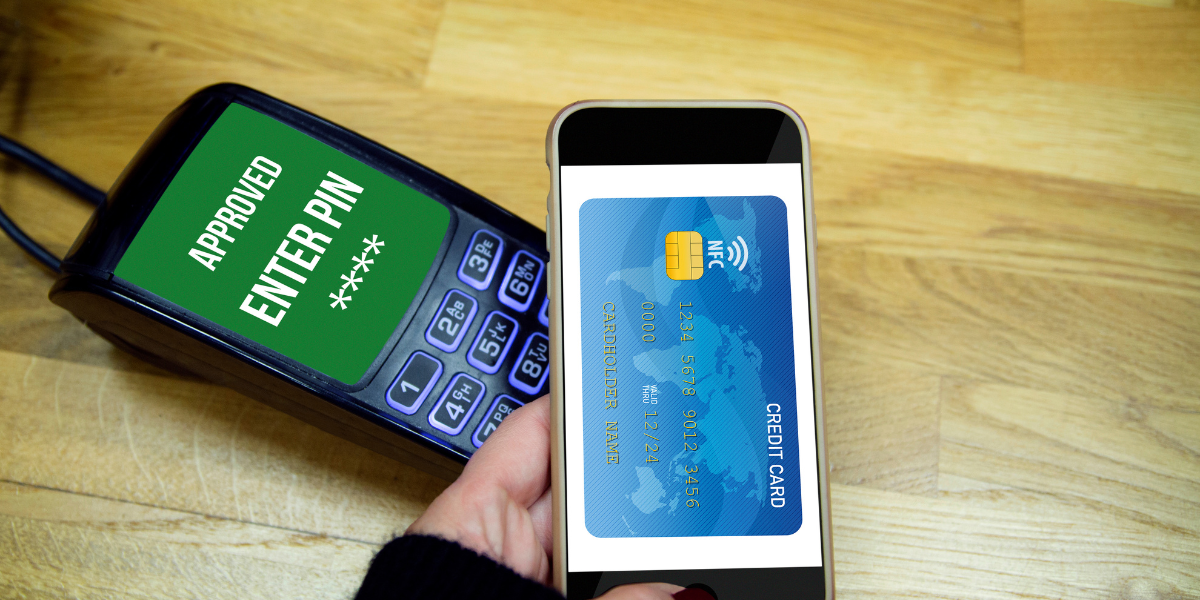Due to the globalized economy, transparent borders, and digital technology, an increasing number of people now use international payment systems for money transfers. This applies to individuals, businesses, freelancers, investors, and traders alike. Consider this: the volume of transactions through these systems has already surpassed a staggering $6 trillion this year (The Global Payments Report 2024 | Worldpay). Evidently, it’s not just about numbers; it’s about real money crossing borders daily, supporting business growth and maintaining connections. In a world where every second and every penny matters, selecting the right international payment system is crucial for convenience and cost savings, regardless of your role in cross-border transactions.
The traditional way of sending money abroad is the same traditional bank transfers, which is characterized by reliability and transaction time – from 1 to 5 days. But modern business algorithms require more – speed, security and, of course, economy. Alternative tools such as specialized money transfer services, payment systems, cryptocurrency transfers and mobile applications meet these challenges. While these tools promise to minimize costs and speed up the process, they also vary both within and between systems. This is where the review of international rates comes in as one of the key elements in deciding a payment system for international money transfers, helping you understand the nuances so you can make an informed choice in favor of your convenience and financial freedom.
Key Characteristics
As we have already agreed, traditional bank money transfers have been replaced by digital payment systems, which in today’s world already play a key role in financial transactions between states, businesses, and people. Digital technologies provide low fees, security, and speed of transactions, which is especially important in the context of globalization. For example, systems like PayPal and TransferWise offer competitive fees and wide availability in most countries. But these payment systems also have a dark side – high fees for some types of transfers or limited access in certain regions.
However, different user categories prioritize distinct aspects. For some, minimum commissions matter, while others focus on maximum transfer amounts. These advantages, however, come with corresponding disadvantages. Exotic currency options are limited, which may not be crucial for some users. Additionally, restrictions on cash withdrawals can influence the choice of an appropriate transfer method based on individual needs. Below, you’ll find a comparison table from ‘Rates’ featuring popular alternative international money transfer methods.
|
Provider |
Rating |
Min |
Max |
Commission |
Rates |
Peculiarities |
|
Currencies Direct |
4.9 |
£100 |
£300,000 |
None |
Depend on the currency pair. |
Supports 20+ currencies. |
|
XE |
4.2 |
£1/$1/€1 |
£350,000/ $535,000/ €535,000 |
£2.00 to £250/ €2.00 to €250 |
Is charged up to a certain limit. |
Supports 60+ currencies. |
|
Wise |
4.5 |
£1/$1/€1 |
£5,000,000/ $6,000,000/ €6,000,000 |
0.4% – 0.6% of the total amount |
Depend on the currency pair |
Supports 50+ currencies. |
|
Currency Fair |
4.4 |
€8.00 |
€10,000,000 |
Variable |
Depend on the currency pair & the size of the transfer |
Relatively low exchange rates. |
For an in-depth look at global currency exchange rates, consider BeInCrypto . It’s your go-to resource for discovering efficient cryptocurrency-based options for international transfers.
Comparison of Payment Systems
Individuals use international payment systems like Stripe, PayPal, Payeer, and Bitcoin to make purchases abroad. Legal entities and businesses also rely on these systems to pay contractors and to receive payments from international clients. These platforms are well-suited for such transactions, aiding entrepreneurs in expanding their global market presence and enabling buyers to access local markets worldwide. This global reach is facilitated by the streamlined process of financial transactions that these systems offer.
Choosing the right payment system is key to the successful purchase or operation of a business. Below, we take a look at some of the most popular international payment systems and what terms they offer users.
- Stripe – a payment leader provides the wide range of services for businesses of all sizes. It is convenient with its API integration with multiple platforms. It supports over 135 currencies, and its competitive transaction fees have already attracted over 1,187,253 online stores and businesses offering online services.
- PayPal – this one offers convenient solutions for accepting and sending payments, which is accompanied by a robust user protection system. It works in more than 200 countries (including the USA), but for most developing countries the functionality of the system is limited.
- Payeer – this multi-currency e-wallet allows you to make international transfers, pay for goods and services online, and accept payments from customers. Features – low commissions and convenient interface.
- Bitcoin – a decentralized cryptocurrency, which differs from traditional payment services by the ability to make anonymous transactions worldwide. The disadvantage – there are no guarantees of value stability.
- Transferwise (Wise) offers transparent and low transfer fees, attractive for international business transactions.
Key Factors for Decision-Making
A comprehensive list of international rates can assist in selecting the appropriate payment system by providing information on the following aspects:
- Transfer fees, which determine the cost of the transfer.
- Exchange rates, which can significantly affect the final cost of the transfer.
- Transaction speed to complete the transfer.
- Availability in different countries.
- Security – it is about the security technologies used by payment systems.
- Customer support.
These data form a voluminous picture of the advantages and disadvantages of payment systems in the discussion. World Tariff Profiles from the WTO offers specialized reports on tariffs and regulatory measures that may influence your choice of international payment system.
 User Experience and Usability
User Experience and Usability
When choosing a payment system, the user experience is influenced not only by the numbers, but also by the usability of the system. Although this is a subjective factor, an interface that is too complex or payment management options that are not intuitive are guaranteed to drive customers away from the platform. In terms of user experience (UX), here are the factors that shape customer satisfaction when interacting with payment systems:
- Reputation – read reviews.
- Lack of hidden fees.
- Relevance to the needs of the target audience and support for the right currencies and geographies.
- Intuitiveness of the interface and ease of transactions.
- Timing of receipt and withdrawal of funds.
- Connection process.
It is also important that the service is available in different regions, but even with limitations, usability should outweigh technical aspects as it directly affects customer loyalty. Studies show that customer satisfaction is higher for platforms that invest in improving the user experience. In addition, customers are willing to pay a small amount of money to continue using a convenient service like PayPal.
Conclusion
Choosing the right international payment system hinges on understanding your specific needs and evaluating the platforms based on key factors such as fees, speed, and user experience. Whether you prioritize low fees, broad currency support, or quick transfers, each system has unique strengths. Detailed comparisons and an understanding of the nuances of each platform’s tariffs and features will guide you to the best choice for your financial freedom and convenience.
Experts at RATES highlight that the international payment systems market is vast and diverse, catering to both business and personal needs. Whether you’re looking for quick transfers or low fees, there’s a service that fits your requirements. With numerous options available, finding the optimal solution for your money transfer has never been more straightforward.


 Tags:
Tags:










